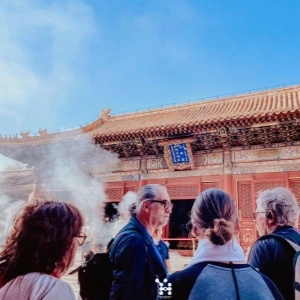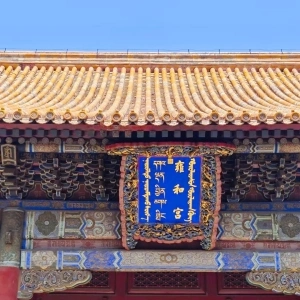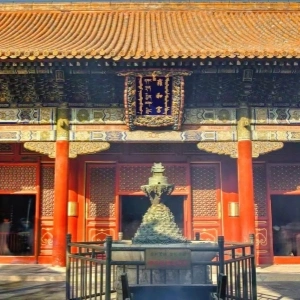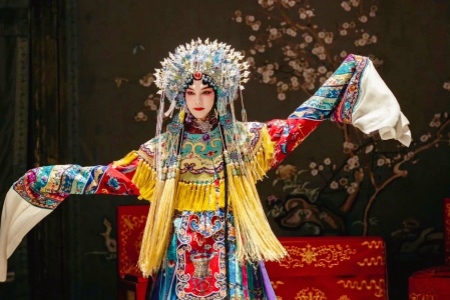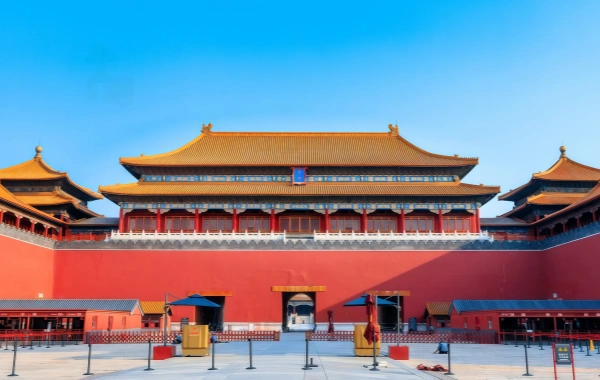Chinese Kung Fu, also known as Chinese Martial Arts or Wushu, embodies a profound blend of physical prowess, strategic wisdom, and cultural heritage. Rooted in ancient China, Kung Fu has evolved over centuries into a diverse and intricate system of combat techniques, drills, and forms that are both physically demanding and spiritually enriching. This article delves into the essence, history, and contemporary evolution of this extraordinary martial art.
1. The Essence of Chinese Kung Fu
At its core, Chinese Kung Fu revolves around the principles of attack and defense, incorporating a wide range of movements such as punches, kicks, throws, grappling, strikes, and blocks. However, Kung Fu transcends mere physical combat; it embodies a holistic approach to self-cultivation, emphasizing the harmony between the body, mind, and spirit. This is evident in the concept of "nei jia" (internal) and "wai jia" (external) styles, where practitioners aim to achieve both physical strength and spiritual enlightenment.
Kung Fu is characterized by its emphasis on flexibility, agility, and adaptability. Techniques are often designed to exploit an opponent's weaknesses and neutralize their strengths, emphasizing fluidity and unpredictability. The art also integrates philosophical concepts like yin and yang, the Five Elements, and the idea of "internal force" (qi), which practitioners aim to harness and channel through their movements.
Historical Roots
The origins of Chinese Kung Fu can be traced back to ancient China, where early humans developed basic combat skills for hunting and self-defense. Over time, these rudimentary techniques evolved into sophisticated systems of martial arts, shaped by historical events, cultural exchanges, and the pursuit of spiritual enlightenment.
During the Warring States period (475-221 BCE), military strategies and combat techniques flourished, laying the foundation for the development of Kung Fu. In the subsequent dynasties, Kung Fu continued to evolve, with significant contributions from various schools and styles. The Tang Dynasty (618-907 CE) saw the establishment of the Wu Jue system, while the Song Dynasty (960-1279 CE) marked the rise of internal martial arts like Tai Chi and Qigong.
Major Styles and Techniques
Chinese Kung Fu boasts a myriad of styles, each with its unique characteristics and techniques. Some of the most renowned styles include:
● Shaolin Kung Fu: Renowned for its powerful strikes, high kicks, and acrobatic feats, Shaolin Kung Fu originated in the Shaolin Temple in Henan province.
● Tai Chi Chuan: An internal martial art characterized by slow, continuous movements and emphasis on breath control and relaxation. Tai Chi is known for its therapeutic effects and its ability to cultivate internal strength.
● Wing Chun: A practical and efficient style that emphasizes close-range combat, rapid punching, and sticky hands techniques. It is famous for its use in self-defense and is closely associated with the Bruce Lee film franchise.
● Wudang Kung Fu: A style originating from the Wudang Mountains in Hubei province, emphasizing both internal and external training, with a focus on qi cultivation and fluid movements.
2. Contemporary Evolution
In recent decades, Chinese Kung Fu has undergone significant changes, adapting to the demands of modern combat sports and fitness trends. Kung Fu practitioners have incorporated elements from other martial arts, such as Muay Thai, Kickboxing, and Mixed Martial Arts (MMA), to enhance their skills and competitiveness.
The rise of international competitions like the World Wushu Championships and the UFC has also spurred the development of Kung Fu-inspired fighting styles. Many Kung Fu practitioners now compete in these events, showcasing their skills and pushing the boundaries of the art.
Moreover, Kung Fu has become a popular fitness activity worldwide, with millions of people practicing it for health, stress relief, and self-defense. Kung Fu schools and clubs have proliferated globally, promoting the art's cultural values and physical benefits.
Conclusion
Chinese Kung Fu is a treasure trove of physical, mental, and spiritual training that has stood the test of time. Its evolution from ancient combat skills to a global fitness phenomenon reflects its adaptability and resilience. Whether practiced for self-defense, fitness, or spiritual growth, Kung Fu remains a vital part of Chinese culture and a testament to the ingenuity and perseverance of its practitioners. As it continues to evolve, Kung Fu promises to inspire and enrich generations to come.
If you want to know more about Kung Fu and itineraries, please contact us. Popular Tour Packages:
Related Posts
Create Your Customized Trip
Take about 2 minutes to fill the form to tell us how you like to travel, and get a reply within 1 working day.




